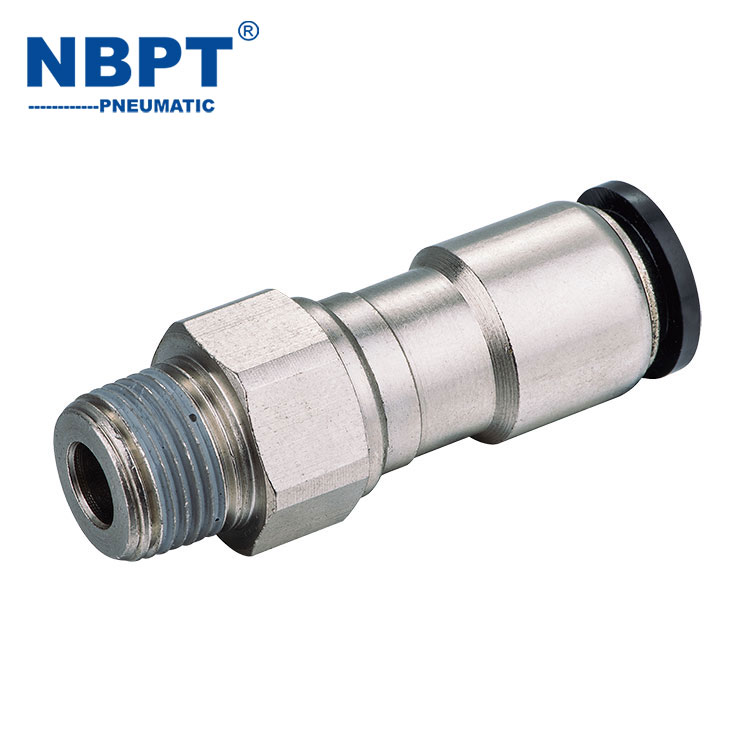Pneumatic Fittings Rotary Joint: A Key Component in Dynamic Air Systems
2025-04-10
In pneumatic systems where air needs to be transferred between stationary and rotating components, precision and flexibility are essential. This is where the pneumatic fittings rotary joint comes into play. Although it may seem like a small part of a larger system, it plays a crucial role in ensuring smooth, reliable, and leak-free air flow in motion-based machinery.
What is a Pneumatic Fittings Rotary Joint?
A pneumatic fittings rotary joint, also known as a rotary union or swivel joint, is a mechanical device designed to transfer compressed air or gases from a fixed source to a rotating part. It allows for the transmission of pneumatic energy between two parts that move relative to each other, without tangling hoses or causing wear due to twisting.
These joints are commonly found in equipment where parts must rotate continuously or move in a circular motion while still receiving a constant air supply. Their design includes precision seals, bearings, and fittings that allow for secure connections under pressure and rotation.
Why Pneumatic Rotary Joints Matter
In any pneumatic system, consistency and safety are vital. Without a rotary joint, hoses would twist and eventually wear out or break due to repeated motion. This would lead to air leaks, loss of performance, and even potential equipment failure. A pneumatic rotary joint eliminates these issues by maintaining a stable connection regardless of movement.
These joints are especially important in high-speed machinery or automation equipment where components rotate rapidly and continuously. By using a rotary joint, companies can extend equipment life, reduce downtime, and maintain optimal performance.
Common Applications
Pneumatic rotary joints are widely used across various industries. In manufacturing and automation, they are found in rotating tables, robotic arms, and packaging machines. In the printing and textile industries, they allow rollers and drums to rotate while maintaining pneumatic pressure. They are also used in medical equipment, aerospace technology, and automotive testing platforms.
Wherever air needs to be delivered to a rotating component, a pneumatic rotary joint is likely to be part of the solution.
Features and Benefits
One of the main features of a pneumatic fittings rotary joint is its ability to handle continuous rotation while maintaining a sealed, pressurized connection. Many models are compact and lightweight, making them easy to integrate into tight spaces.
They are also designed for long service life, thanks to durable materials and advanced sealing technologies that resist leaks and wear. Some rotary joints offer multi-port capabilities, allowing for the delivery of different media through the same joint, which is useful in complex systems.
Choosing the Right Rotary Joint
Selecting the right rotary joint depends on several factors, including operating pressure, rotational speed, number of ports, and environmental conditions. It is also important to consider the type of seal and the compatibility of materials with the media being transferred. Working with a trusted supplier can help ensure the best fit for your specific application.
Conclusion
The pneumatic fittings rotary joint is a small but essential part of many air-powered systems. It enables continuous motion without sacrificing performance or safety. As industries continue to innovate and automate, these joints provide a smart, reliable solution for keeping air flowing smoothly in dynamic environments. Investing in the right rotary joint not only improves efficiency but also enhances the overall longevity of the machinery.



